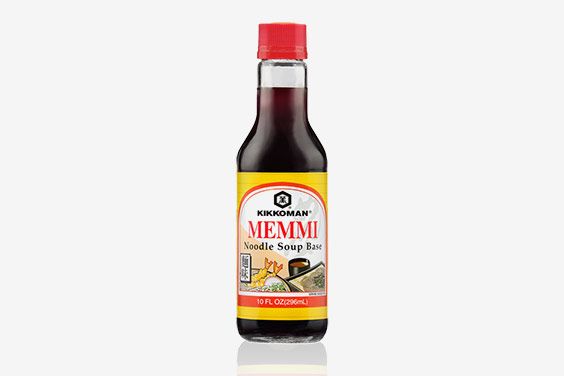
For a long time I abstained from aprons. Probably because, growing up, my mom’s apron was a flimsy printed strip of fabric that barely covered her torso and seemed more like a kitschy accessory than a truly utilitarian item. Then when Food Network came around I noted that Ina Garten did not wear an apron. Aprons felt unnecessary and outdated — too matronly and housewifey for me, a modern woman who can break down whole chickens and shares cooking duties with her husband. But after sacrificing a bunch of beloved T-shirts to oil splatters and then later being rushed to the hospital for a knife cut on my thumb in some very unsightly old sweats I’d set aside as “cooking clothes,” I realized that maybe it was time for an apron.
I started my search for an effective but stylish apron on what’s become my new Food Network: Bon Appétit’s YouTube channel. Googling “What apron do Bon Appétit editors wear” led me to this story about their favorite Japanese-style cross-back apron — which my mom would like to note is not a true Japanese mamasan-style apron because it lacks sleeves — and after some additional poking around I found this cotton-linen-blend version on Amazon, bought the gray one, and I love it. The cross-back design makes it easy to throw on over whatever I’m wearing, and it’s so comfortable and natural-feeling that I’ll often forget to take it off to eat meals. (One time this happened and my husband and I sat down to eat dinner and watch The Handmaid’s Tale, at which point he noticed that my apron bears a striking resemblance to the ones the Marthas wear.)
Beyond the sheer convenience of slipping it on, the smock shape offers ample coverage from splatters and spills. The side pockets feel much more natural to me than the kangaroo-style front pouch found on other versions. And, in addition to being easy to wash, it’s actually kind of stylish. I once wore my gray apron over a black turtleneck and jeans to cook dinner for friends; I felt less “dutiful housewife” and more “cool ceramics teacher.” Or at least “cool Martha.”
Along with my Japanese-style apron, I am a lifelong devotee to Japanese “sprinkles,” or furikake (pronounced foo-ree-kah-keh, not “fury cake”), as I wrote a while back. Also: “They were so effective at getting my brother and me to eat whatever was put in front of us that later I brought a jar with me when I went babysitting, to get those kids to eat their dinners.”
A colleague of mine loves this stuff on scrambled eggs. My tip: mix it with rice vinegar and sesame oil to create some sort of vinaigrette for cold noodle salads.
Instead of making a whole Japanese soup base from scratch, the women in my family simply keep a bottle of this stuff around. You dilute it with water according to how you’re eating your noodles (less water for a dipping sauce for cold noodles in the summer; more water to make a soup for hot noodles).
The Strategist is designed to surface the most useful, expert recommendations for things to buy across the vast e-commerce landscape. Some of our latest conquests include the best acne treatments, rolling luggage, pillows for side sleepers, natural anxiety remedies, and bath towels. We update links when possible, but note that deals can expire and all prices are subject to change.
Every editorial product is independently selected. If you buy something through our links, New York may earn an affiliate commission.









